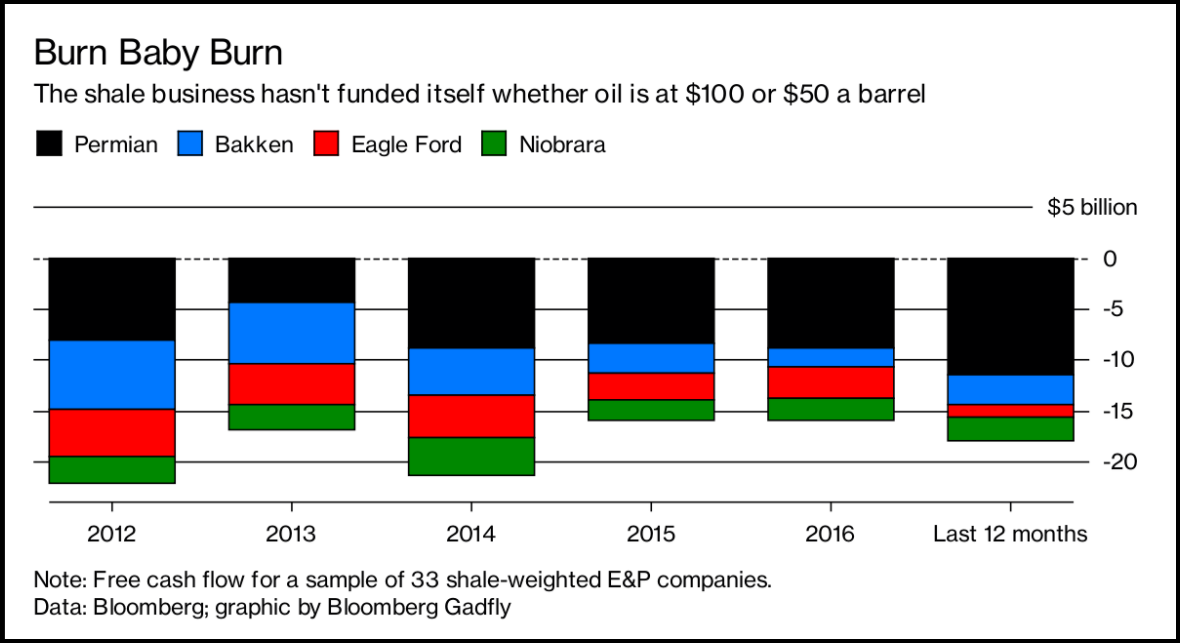
The stock market has reached new all-time highs this week, just two weeks after plunging over the BREXIT result. The bulls are exuberant as they dance on the graves of short-sellers and the purveyors of doom. This is surely proof all is well in the country and the complaints of the lowly peasants are just background noise. Record highs for the stock market must mean the economy is strong, consumers are confident, and the future is bright.
All the troubles documented by myself and all the other so called “doomers” must have dissipated under the avalanche of central banker liquidity. Printing fiat and layering more unpayable debt on top of old unpayable debt really was the solution to all our problems. I’m so relieved. I think I’ll put my life savings into Amazon and Twitter stock now that the all clear signal has been given.
Technical analysts are giving the buy signal now that we’ve broken out of a 19 month consolidation period. Since the entire stock market is driven by HFT supercomputers and Ivy League MBA geniuses who all use the same algorithm in their proprietary trading software, the lemming like behavior will likely lead to even higher prices. Lance Roberts, someone whose opinion I respect, reluctantly agrees we could see a market melt up:
“Wave 5, “market melt-ups” are the last bastion of hope for the “always bullish.” Unlike, the previous advances that were backed by improving earnings and economic growth, the final wave is pure emotion and speculation based on “hopes” of a quick fundamental recovery to justify market overvaluations. Such environments have always had rather disastrous endings and this time, will likely be no different.”
As Benjamin Graham, a wise man who would be scorned and ridiculed by today’s Ivy League educated Wall Street HFT scum, sagely noted many decades ago:
“In the short run, the market is a voting machine but in the long run, it is a weighing machine.”
Continue reading “ALL TIME HIGHS”








